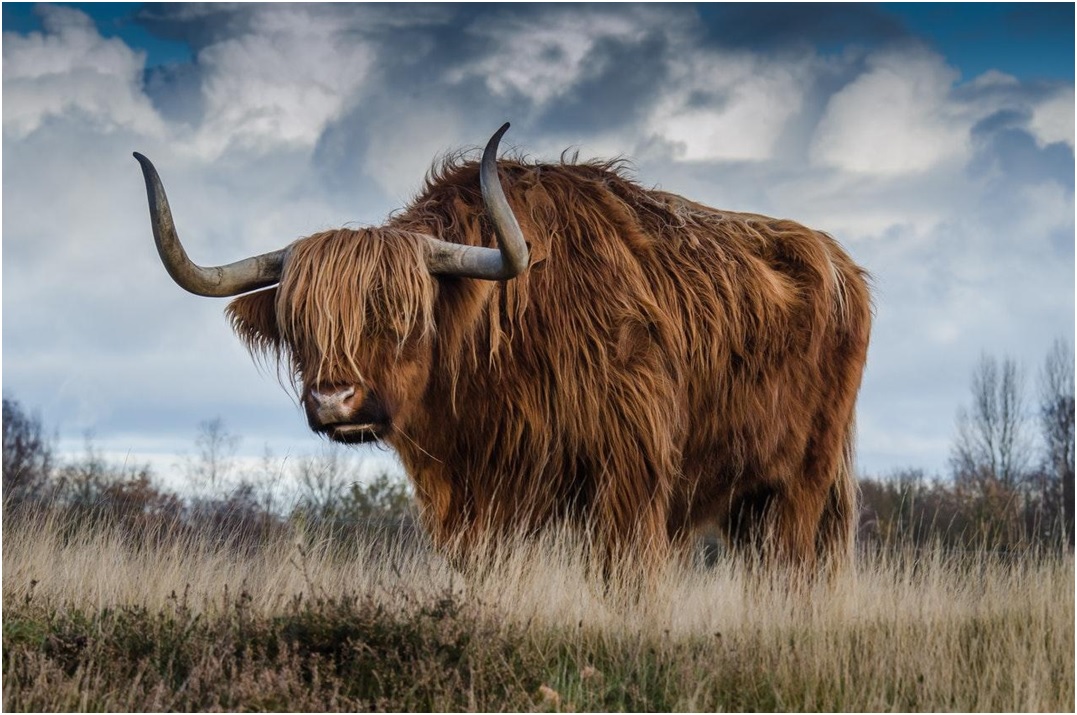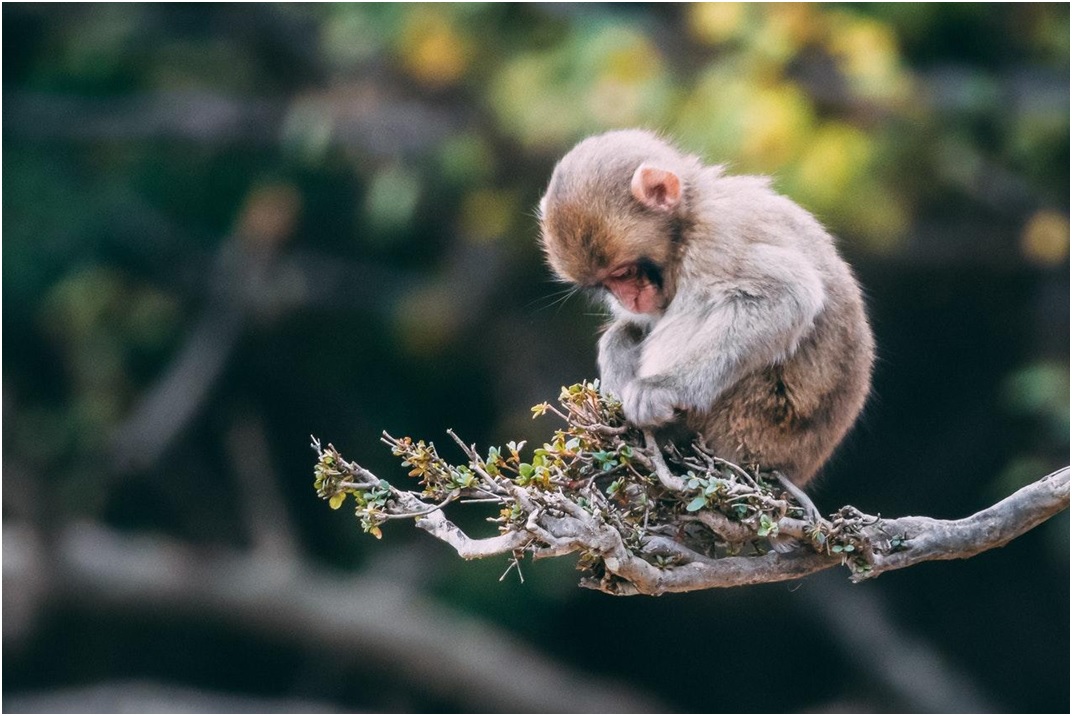An Ethical Guide to Taking Wildlife Photos

Over the course of human history, there has always been a fascination with animals. In fact, some of the world’s oldest artworks—such as the cave paintings from our ancestors—feature men hunting wildlife.
Not much has changed in the past millennia. These days there are various wildlife photographers who go out in the wild and take photos of these majestic creatures. Wildlife photography is a great way to see animals in their natural habitat. After all, not everyone gets the chance to get up close and personal. But that’s not the only reason why wildlife photos hold so much appeal.
The Wonders of Wildlife Photography
Wildlife photography is a relatively new type of photography since it’s only been around since the past 200 years. Over a century ago, photographers used taxidermied animals in place of real ones to avoid motion blur during long exposure times. But sometimes, a poor taxidermy job could make an animal look unnatural, compromising the quality of the photo.
In this day and age, aspiring photographers don’t have to turn to taxidermied animals to take photos of wildlife. Modern technology has given rise to cameras, zoom lenses, tripods, and other related equipment. And even those who are new to travel photography can easily access this equipment. A higher budget also translates into getting specialized gear capable of capturing wildlife from long distances and in poor lighting conditions.
Apart from just being a fulfilling hobby or profession, however, wildlife photography allows shutterbugs to stay one with nature and pay attention to their surroundings. In fact, a photo can function as a tool for change. For instance, well-taken photos can inspire people to protect wildlife and nature. It also calls attention to important wilderness issues.
Some Pointers on Ethical Wildlife Photography
Before you put on your safari hat and head off into the wild, you need to first familiarize yourself with the do’s and don’ts of wilderness photography. Here are some of the things to keep in mind:
Conduct research beforehand.
Becoming a wilderness photographer entails more than just buying the best photography gear and travelling to a wildlife-rich area. It all starts with conducting the proper research before the trip. Ideally, you need to know what animal you’re trying to photograph. This means you’ll have to learn all about where they live to ensure that your photoshoot runs smoothly. You’ll also need to be familiar with their behavioral patterns. For instance, familiarize yourself with how certain animals react in stressful situations.
Another thing you’ll need to know are the laws of the area you plan to visit. In some parks or protected areas, for instance, you’ll need to acquire a permit before you can take photos.
Take the necessary precautions.
You’re a wildlife photographer, and that means you’re just a visitor in your subject’s natural habitat. As a result, you should exercise caution at all times and avoid doing anything that could harm the animals or their environment.
Ideally, your presence should not be felt. Even if you’re taking photos, you should refrain from getting your subject’s attention or interacting with them. After all, this could lead to unnecessary stress on the part of the animals. It could also compromise your safety if they consider you a threat. On a similar vein, avoid using a flash. Apart from being not powerful enough to reach subjects at a distance, the sudden flash of light could startle the animal.
Another big no-no is to destroy or alter your surroundings all in the name of getting a better view or angle for your shots. Instead, be patient and improvise. And as much as possible, try to avoid eating while taking photos. If you really have to grab a quick bite in between takes, make sure you clean up properly afterwards.
Consider photographing captive wildlife.
If you’re just starting out as a photographer, it’ll be a great start for you to photograph wild animals in captivity. These include injured animals rescued from the wild. Finding sanctuaries near you is a good introduction to the basics of wildlife photography because they’re often highly controlled areas that pose less risks to you and the wildlife you plan to photograph. But stay wary and avoid places that exploit wild animals for profit.
Refrain from feeding the animals.
It’s possible to take photos without using a lure. You don’t need food to get the perfect shot of your subject because resorting to feeding animals can disrupt the natural order of the wild. On top of that, feeding wild animals goes against the rule of staying hidden and not leaving any trace. But more importantly, feeding animals improper food could lead to digestive problems. In more extreme cases, it could even result in a choking hazard. Some animals, on the other hand, could develop a dependence on being fed.
One thing to keep in mind is that some animals can quickly turn aggressive. Feeding them can make them too bold in approaching people for food.
Stay truthful at all times.
Photographers are in a special position to direct a person’s attention to the wonders of nature and the forces that threaten its existence. But this type of influence comes with great responsibility. For instance, some photographers take advantage of their position and misrepresent the truth for attention or clout.
One of the most important rules in photography is that you should stay truthful to context. So don’t lie to your audience—let them know how you framed a shot. For instance, did you work with a trained animal, or did you use a camera trap? After all, word travels fast in the community. Dishonest practices could tarnish your reputation.
Respecting Mother Nature and Its Inhabitants

Photographing animals is a rewarding hobby. But you’ll also need to check yourself whether you’re following rules and showing respect to mother nature. Ethical wildlife photography is a must if you want to be a successful photographer. And regardless of whether you’re a photographer or not, keep in mind that we are all stewards of creation. That’s why we have to take care of it at all times.